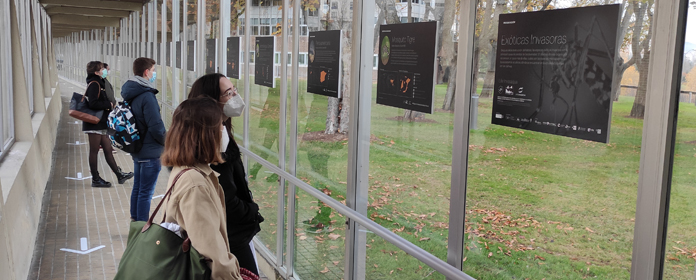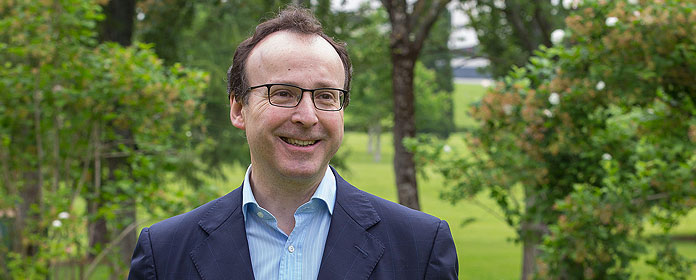In the Pyrenees there is habitat for the bear, but social support is lacking
Guillermo Palomares, President of the Brown Bear Foundation
"Camille is a bear with exceptional behavior that must have exceptional treatment. It is an abnormal case, which must be forgotten. It cannot condition the thinking and the policy of reintroduction of these animals in the Pyrenees. We should not be afraid that twenty more bears are twenty more Camilles". This is the opinion of Guillermo Palomero, president of the Brown Bear Foundation. The expert participated in conference on 'Recovery of protected species' organized by the School of Sciences of the University of Navarra and which attracted almost four hundred people.
The expert has been in favor of "dissuading Camille from such behavior. Her attacks on livestock are far from the usual average among bears. In my opinion, I think he attacks in Spain because here the herds are scattered and unguarded, while in France they are more guarded, and he knows it".
Guillermo Palomero told the attendees that "the great fauna and the rural development are compatible. I am a conservationist with my feet on the ground and I know and attention of demonstrating that technically the bear can coexist with hunting, tourism and livestock".
However, Palomero stressed that in order to reintroduce the bear in the Pyrenees, the local people "have to participate from the beginning to the end in the project and play a decisive role. We have to talk a lot and in a very clear way with them, without resorting to ecological or philosophical arguments, but paying for the damage caused and debating the socioeconomic measures".
The president of the Brown Bear Foundation understands that "those who live with nature look for it not to give them problems. We have to know the scale of values of the local people, their expectations of development, their fears, their problems... The Pyrenean habitat is ideal for bears, but for the reintroduction to be effective it is necessary to solve the social conflict". In his opinion, in this area "the reintroduction has been poorly considered because the locals have rejected it", unlike in the Cantabrian Mountains, where the animal is very well accepted in rural areas.
In Cantabria, almost seventy bears survive, compared to the six native Pyrenean specimens. "In that Cordillera, the cattle are bigger, mainly cows and horses, and less vulnerable. The honeycombs suffer more, but it pays off quickly and the local population withstands the attacks well. There, each bear costs 100,000 pesetas a year, a figure that is shared by the four regions involved".
According to Guillermo Palomero, "in the Pyrenees, the only way to keep bears alive is to reinforce them. It is an animal that replenishes very slowly, reaches sexual maturity late, does not breed every year and has a high infant mortality rate". Finally, the expert has made a cultural evaluation of this species: "The bear plays its role in the natural environment, indicates that the environment in which it lives has great quality and is an animal closely linked to man. It has been the protagonist of great cultural events (carnivals, legends...) and is very close to children. Maybe we like it because it has an anthropomorphic aspect, almost like a wild man".




